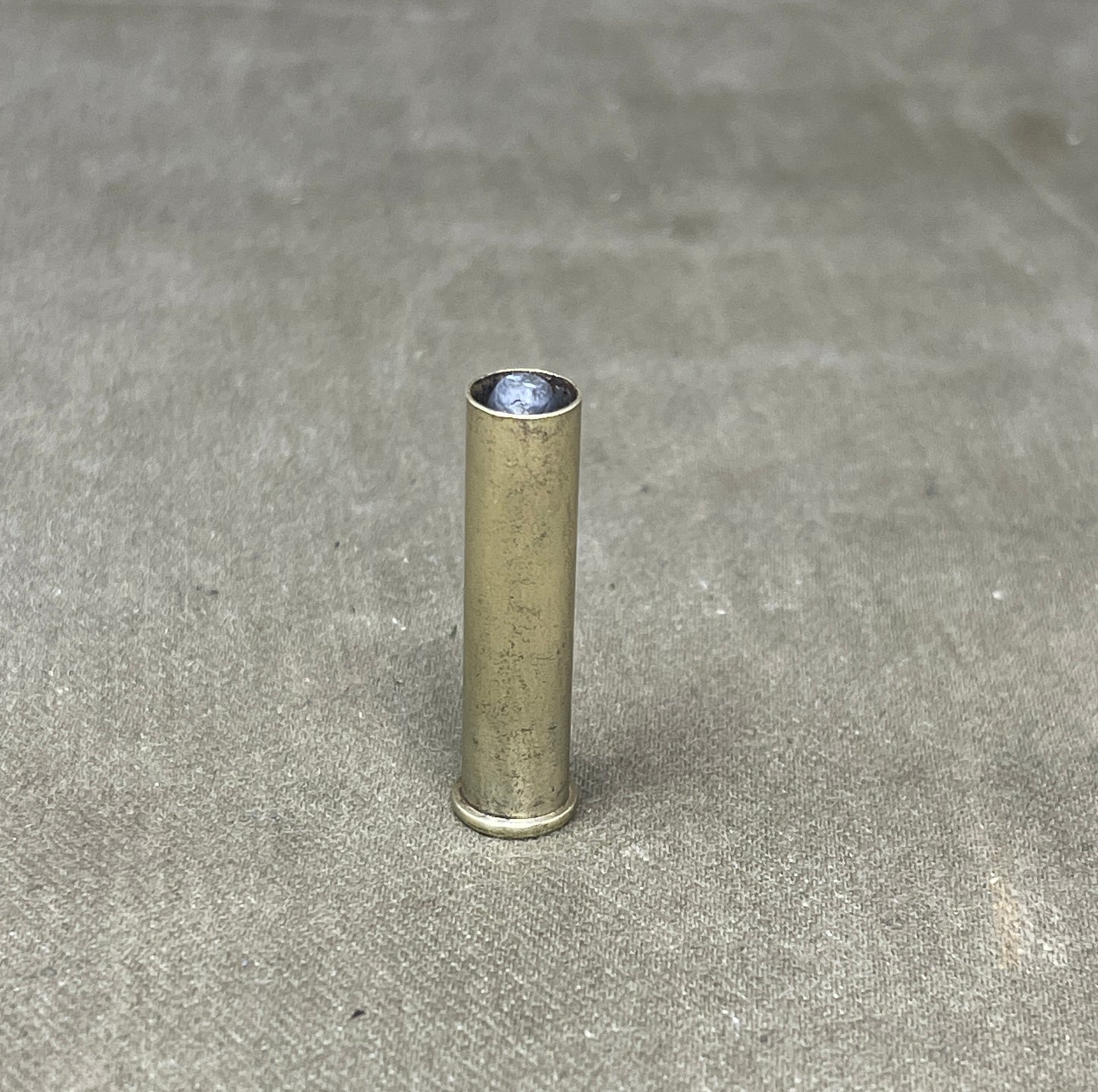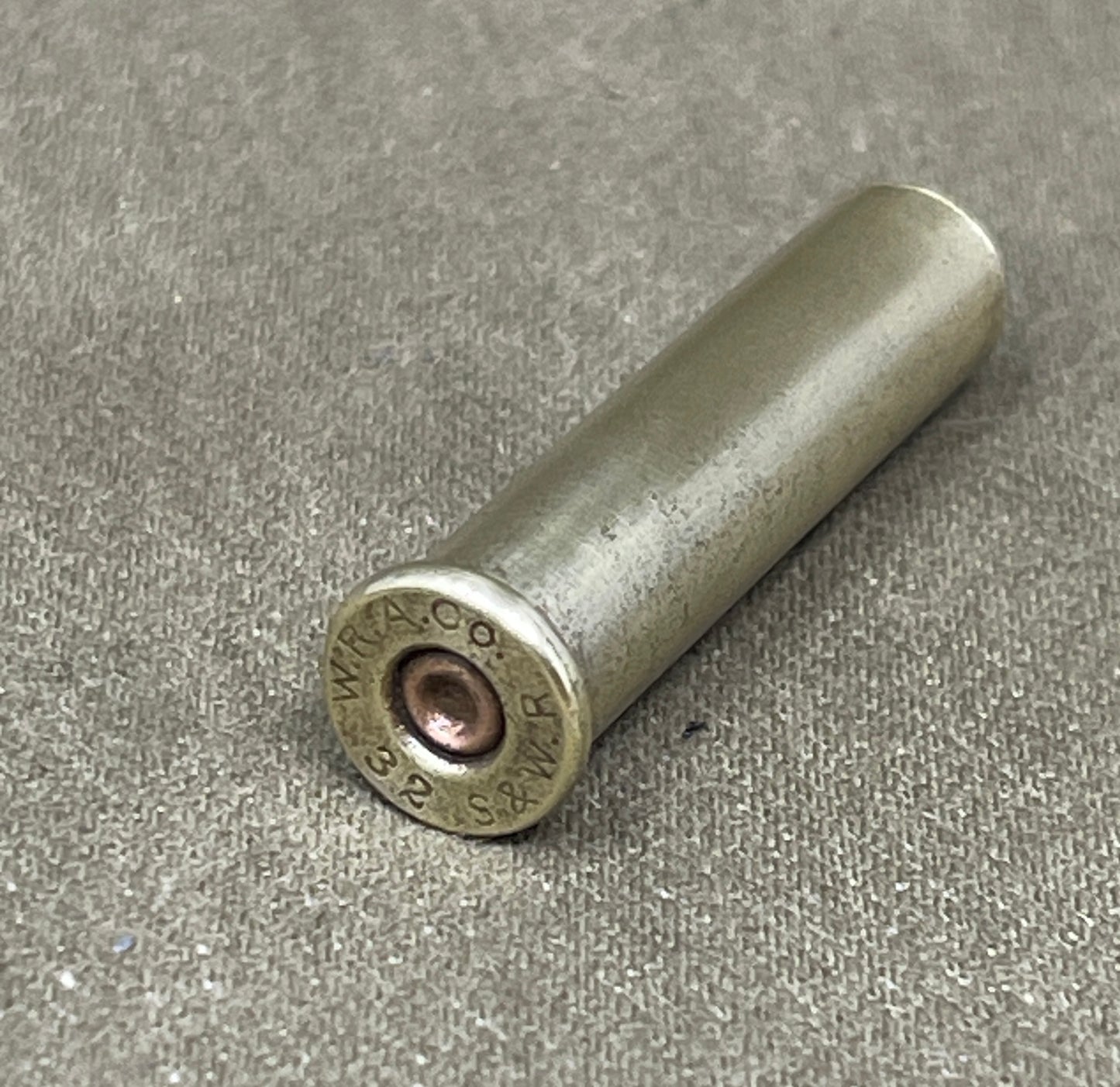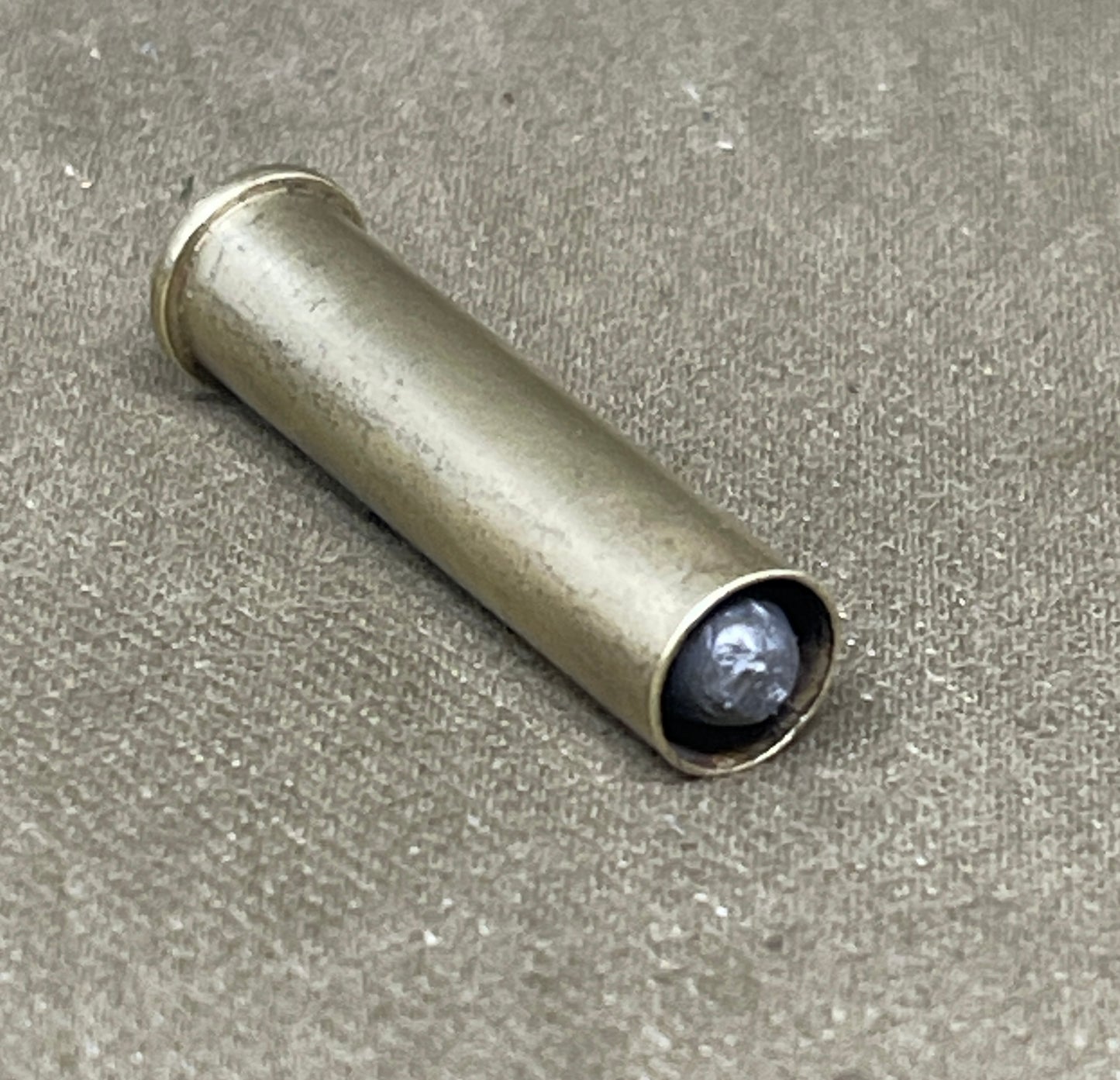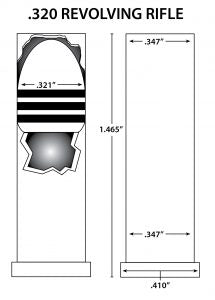Tommies Militaria and Collectables
.320 Revolving Rifle Round – Rare Smith & Wesson Cartridge
.320 Revolving Rifle Round – Rare Smith & Wesson Cartridge
Couldn't load pickup availability

Product Condition
Product Condition
Shipping & Returns
Shipping & Returns
Shipping
All orders are subject to a delivery, packing & handling charge. The correct charges will be automatically calculated via our Shopping basket ordering system and are based on the total weight of your order, your location, and our normal method of despatch. Please be aware that we reserve the right to alter any miscalculation, plus or minus, and you will be notified prior to shipping of any changes.
When shipping items, we use the UK Royal Mail, EVRI, DPD and Parcel Force in the event of a parcel arriving with contents damaged ALL the packaging must be kept for inspection by the delivering shipping contractor whoever that contractor is, failure to adhere to this WILL result in ANY claim being denied.
We do ship internationally and will always use a Tracked and Signed for service. We strive to use the best and most economical shipping services available
All shipping, insurance and import charges will be borne by the customer.
All lots are shipped at the buyers risk no compensation will be offered for items lost or broken in transit. Alternatively you can pay for your own courier.




Product Description
The .320 Revolving Rifle cartridge—also known as the .320 S&W Rifle or .320 S&W Revolving Rifle round—was an innovative centerfire round produced by Smith & Wesson between 1879 and 1887 for its scarce Model 320 Revolving Rifle. With only 977 rifles manufactured, ammunition in this calibre is exceptionally rare and highly prized among collectors.
Unlike most revolver cartridges of the time, the brass case was engineered to match the full length of the chamber. This eliminated excessive “bullet jump,” a common accuracy issue in revolving rifles. To achieve this, the bullet was seated unusually deep, leaving the nose nearly flush with the rim of the cartridge. This gave the round an appearance not unlike a .30 Carbine case with the projectile pressed down into the brass.
Typically, the round featured a 98–100 grain lead round-nose bullet, propelled by approximately 17 grains of black powder. It achieved a muzzle velocity of around 1,200 feet per second, producing energy levels comparable to a light .38 Special load—sufficient for close-range hunting or sporting purposes of the era.
Today, surviving .320 Revolving Rifle cartridges are valued not for performance, but for their rarity and historical significance. They are a remarkable piece of 19th-century firearms development, bridging revolver and rifle design in a uniquely American experiment.




